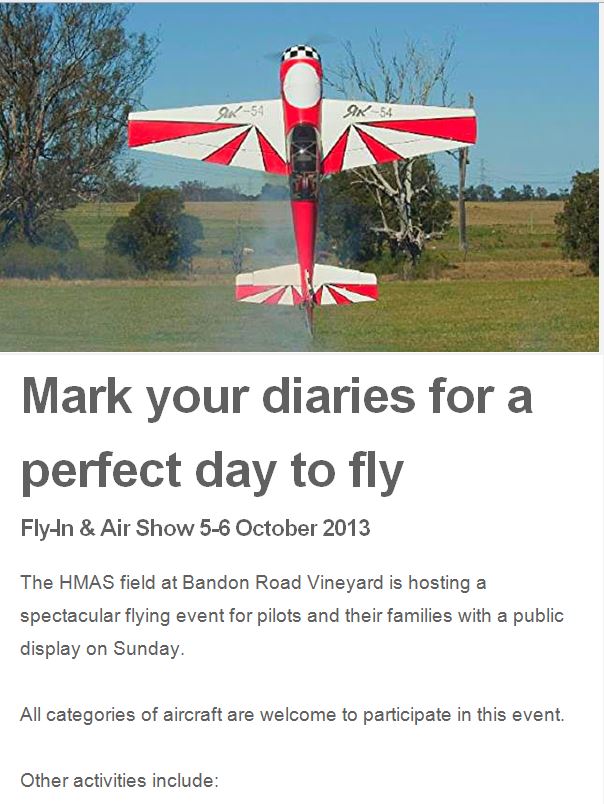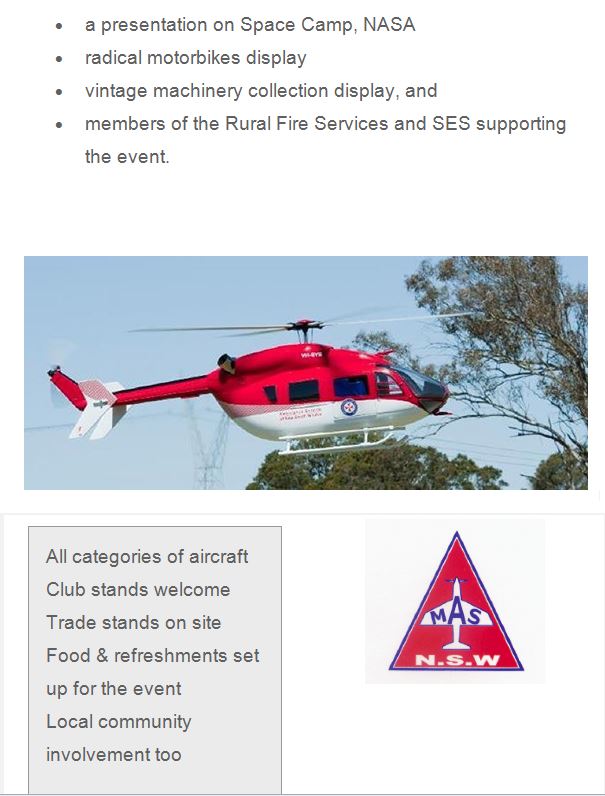Peter Wyss has just written a great article on electric motor safety, including some thoughts on the use of "throttle hold". You can access the article at the Hints and Tips section of the Information area of the site, or by clicking HERE. Worth a read. Peter flies with well over 20kg of thrust in one of his electrics, and it flies beautifully.
On the topic of safety, I was looking back over the recent months and it hasn't been a great year. We've had a couple of arrivals in the pits, several injuries at home, and at the field, with electrics and petrol motors running riot where they shouldn't, and this is despite a couple of articles on the topic, published on this site about a year ago (the last one is HERE). There have also been been several fatalities around the globe in the last few months directly related to model flying - one in the UK involving a person not involved with the flying at all, two in the USA recently from helicopters hitting their pilot, one of which during a public display, and numerous less serious incidents.
I really don't want to be a killjoy but it is up to all of us, both ethically and as a legal requirement, to do what we reasonably can to promote safe model handling and safe flying. Here's a few key points:
- Electrics must not be armed in the sheds. They should be armed and disarmed in the pits, arming benches or beyond the fence, when you are ready to fly or have finished a flight
- All gas/glow models need to be suitably restrained when the motors are being started. This includes making sure that the model won't move backward when the starter is applied, or forward when the motor starts
- people need to be clear of the prop(s) and, as far as is reasonable, away from the likely line of flight of a prop if it is thrown off the engine. Standing in front of a glow or petrol engine is a bad idea generally!
- The area covered by a prop grows exponentially with the prop size, so a 12" prop covers 2.25 times the area that an 8" prop does when spinning, and an 18" prop covers over 5 times the area. This, combined with greater tip speed and momentum, makes bigger props a great deal more dangerous than small props - and even very small props can do a great deal of damage to flesh and bone.




